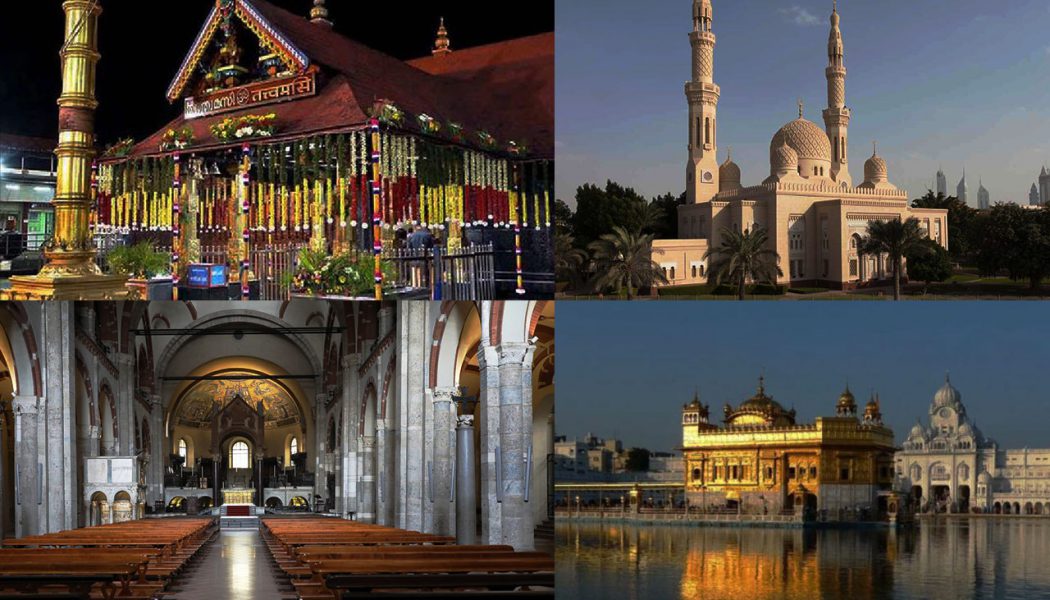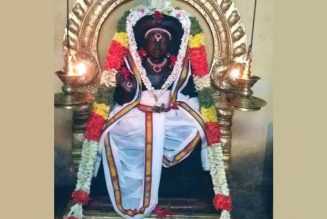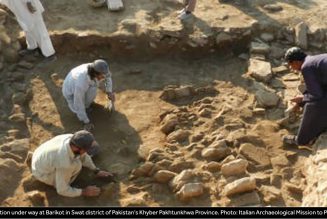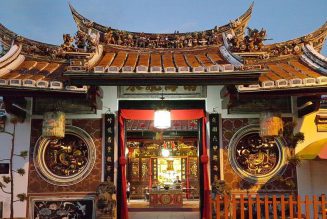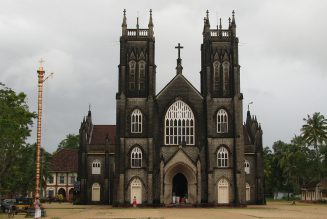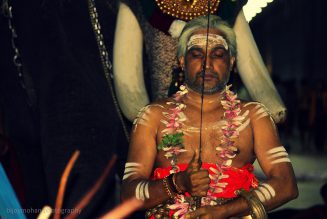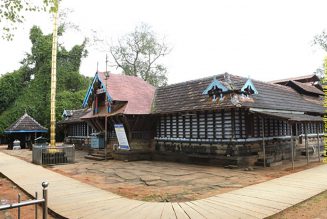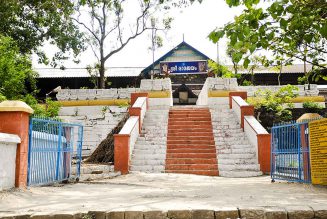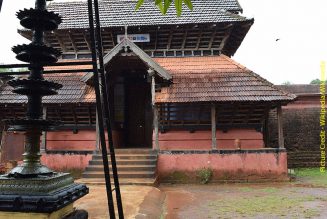Different customs and practices are followed by people all over world for different occasions. Like we wear formal dress while going to work, there are some practices while visiting sacred places. Let us see some of them.
Taking complete body bath
It is mandatory for the Pujari (one who does poojas in the temple or at home) to take complete body bath before the pooja. Visitors and worshippers are also encouraged to do this before entering the temple. A reason behind this is that the Temples and religious places are considered pure and sacred. Our body may contain dirt, sweat and other impurities and also may have a bad odour. To maintain the sanctity of the religious places, the visitors and worshippers are encouraged to take bath and wear neat dress before entering such places. It is done also as a courtesy to other visitors and to keep ourselves clean.
Removing Footwear
Before we enter temples and religious places in India, we are asked to remove our footwear. There are two reasons behind this. In the earlier days when rubber and/or plastic footwear were not common, they were made out of leather which is considered as impure. Also, there may be dust and other impurities on the footwear. So, before entering inside, the visitor or worshipper is urged to wash his/her hands and feet with water after removing the footwear.
Covering the head and Wearing Proper Dress
Every culture has its own specific rules and regulations regarding visit to sacred places and attending special occasions. Covering the head is considered as a sign of respect, humility and modesty by many civilizations.
When a person enters a Sikh Gurudwara, he/she is expected to observe certain protocols. You must remove the footwear and cover the head as a sign of respect towards the sovereignty of the Guru Granth Sahib. Similar practice is followed in Christianity and Islam.
There are seven Chakras or Energy Points in our body. The top centre of our head is called the Crown Chakra. It is the focal point of energy. It is believed that the body energy escapes through the head. When you are within a Temple or Gurudwara, which normally have abundance of positive energy, you receive the vibes into your body. Hence covering your head helps in retaining the energy.
In many South Indian temples, men have to remove their shirt and/or innerwear and wear a dhoti around their waist. Similarly ladies are not allowed to wear Churidar and Pajamas but wear Sari or Set Dhoti (two piece dhoti). The famous Guruvayur Temple is an example for this. Unlike in North India, women do not cover their head in South Indian temples.
Women in traditional North Indian homes, cover their head in front of their in-laws and elders as a sign of respect. But this is not followed in South India.
